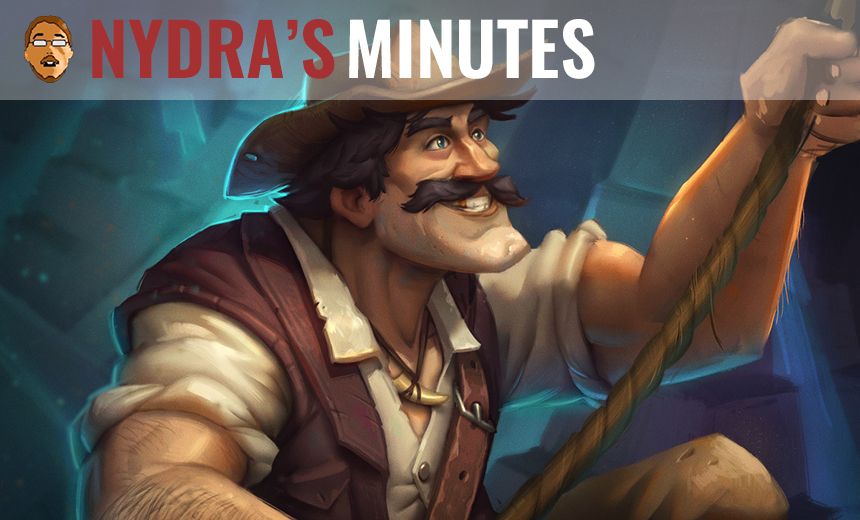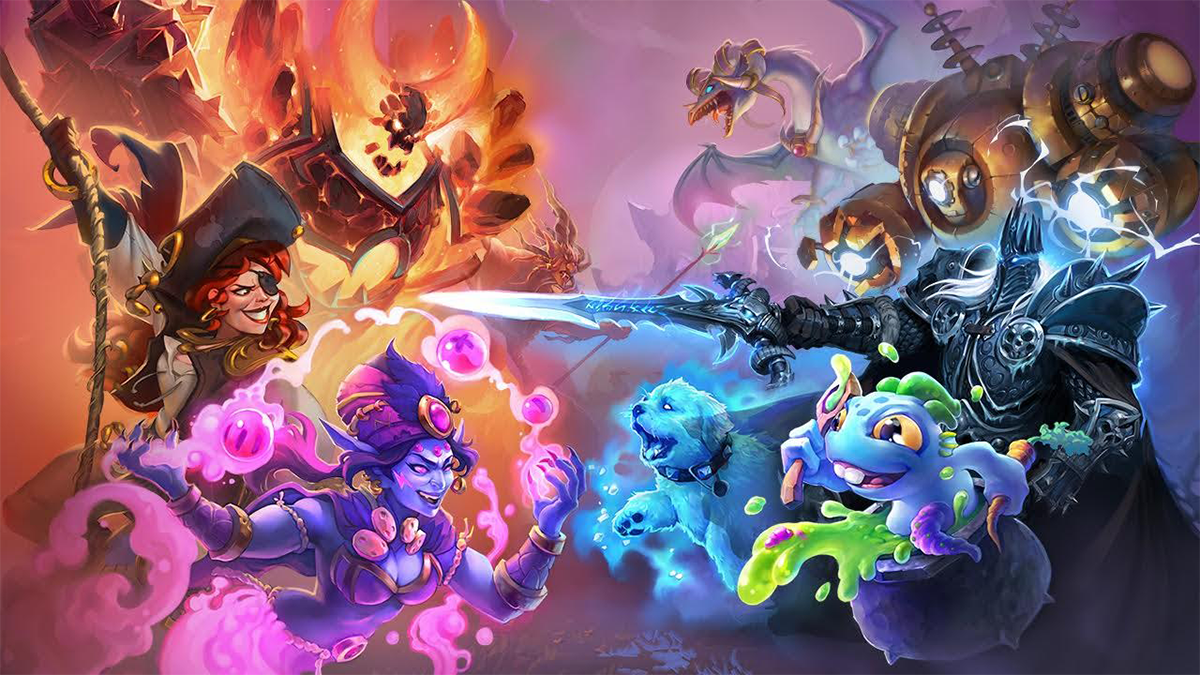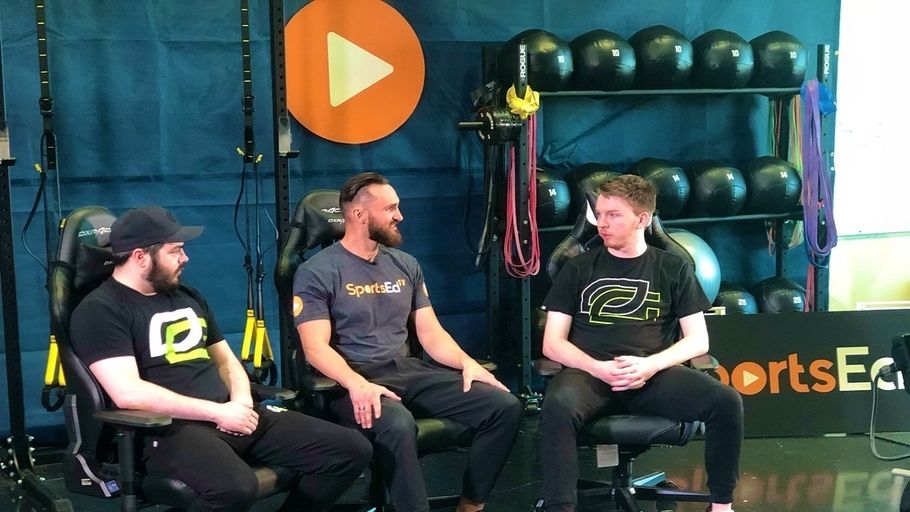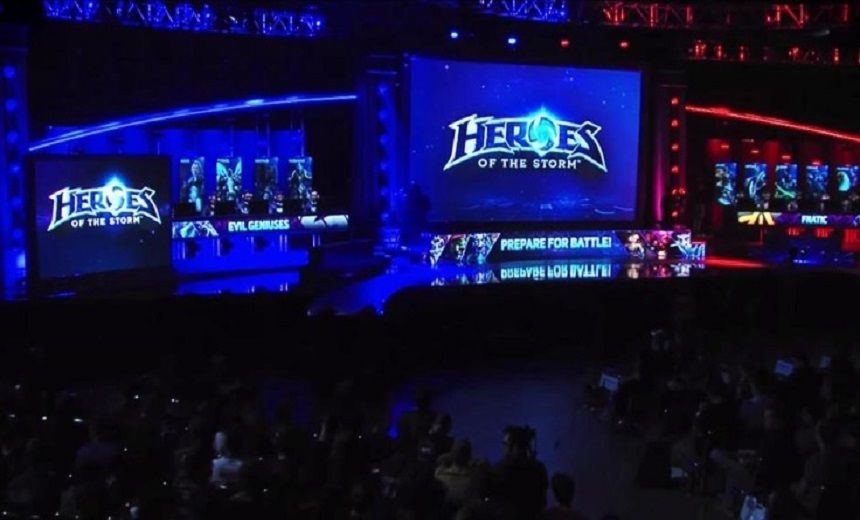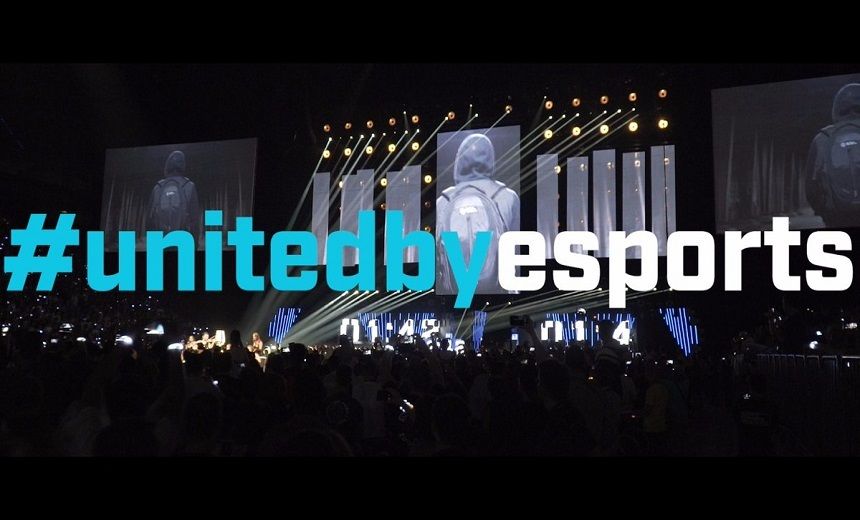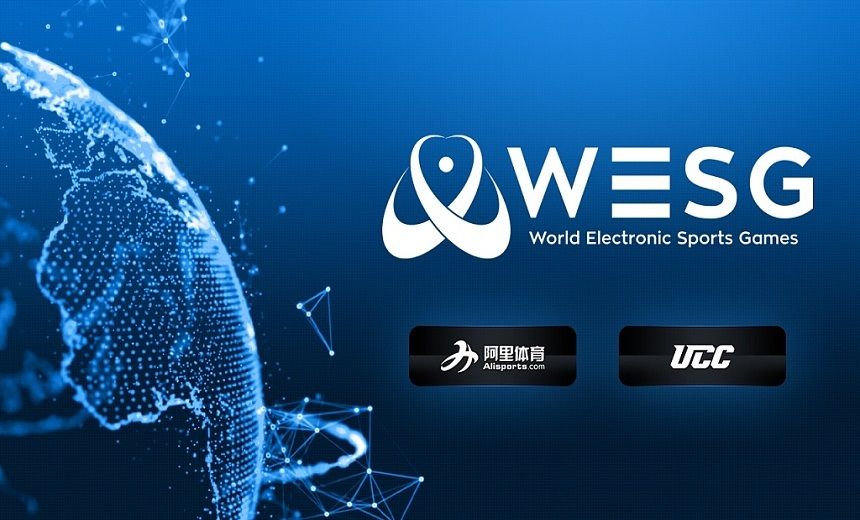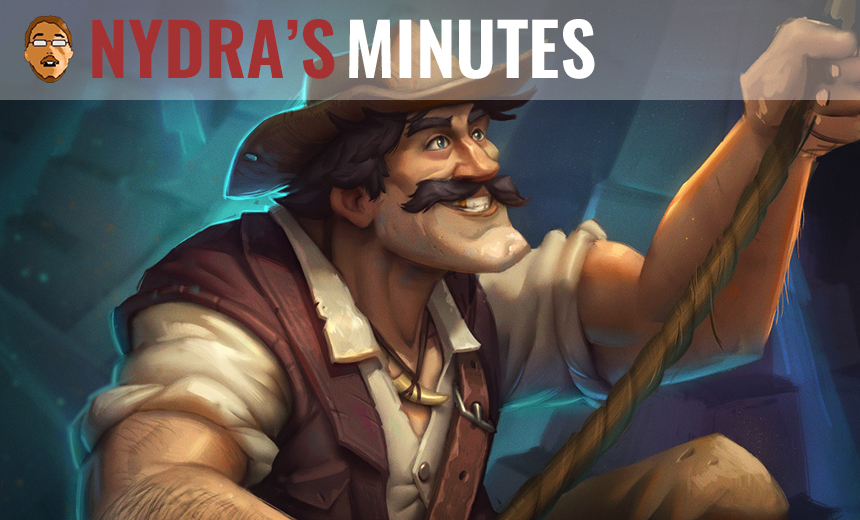
Lists are all the rage with the coming of every new year. People wish for things, or rate the best this and that, reminiscing of the past times or taking a look forward.
The Hearthstone section here at GosuGamers was no exception these past weeks. In December, we gave out the third annual GosuAwards, ranking the best players, teams, tournaments, casters and stories of 2016. Earlier this week, our senior editor Stefan “Sumadin” Suadicani published his traditional two-part class wish list, which you should absolutely check out.
To wrap up the whole list fiesta and move on to, well, more substantial things in 2017 (especially with major events such as the ESL Trinity Series and the HCT circuit on the way), my first “Nydra’s minutes” for the new year is my personal Hearthstone wishlist, especially since game designer Dean “Iksar” Ayala asked so nicely on the worst possible platform for such query.
This wishlist will be a bit different and will not include the majority of features the community is asking, partly because they’ve been overly accentuated, partly because some of them are – let’s be honest – unrealistic for the time being. Unless a miracle happens, I do not foresee a tournament mode in the near Hearthstone future, nor an official API or a player profile with detailed stats. I do not expect to see a new class, or 2v2 mode, because the design space is already full and Hearthstone’s potential is still limited by the mobile platforms on which it so actively relies.
That said, there is one obvious, highly requested feature on the list, so let’s get it out of the way at the start.
Observer mode that isn’t garbage
Three years later, Hearthstone still cannot be observed normally. A shame, considering the game is considered to be one of the major esports titles of the current era (certainly not to League’s, or Dota’s, or CS:GO’s extent, but a $2M worlds circuit is nothing to scoff at at the end of the day).
Even major tournaments, who adorn their production with player cams and fancy overlays and operate from huge production rooms have suffered the precarious inevitability of Hearthstone’s flawed observer mode, as even capturing players’ hands, or displaying in-play secrets or discover choices is an ordeal. What hope do the smaller, bedroom-produced tournaments have then, when Hearthstone’s go-to feature to observer games crashes, bugs or disconnects more often than it should two full years after its released. Since its launch with GvG in December 2014, the spectator mode has received exactly one update – a very minor one that does virtually nothing to improve the experience.
This needs to change, with high priority I might add.
Tournament format diversity
In an editorial from August 2015, I argued that format diversity is the most important thing for Hearthstone’s future. “Looking back at all the games I’ve followed, none has had a greater need of outside-the-box thinking as Hearthstone,” I wrote, pointing out how I believe the game’s inherit problem – its slow-paced, attention-consuming nature – can be battled to build a better esport.
In that same article I was convinced – as I am today, writing this very piece – that diversity in tournament formats was the way to go. 2015 has so far been by far and away the best year for Hearthstone, a year that saw landmark events such as ATLC being launched, home-hosted tournaments like Viagame’s HouseCup and TakeTV’s SeatStory Cup create moments we’ll never forget, and new organizers trying their best to introduce long-running leagues to the game, though with varying success. 2015 gave us swiss and Challengestone, and the One Deck Derby. It was a year where everyone felt like experimenting with the game, pushing it to the limits. There was something new every month, if not every week. It was glorious.
In 2016, we saw a lot less of that and viewership numbers stagnated as fans got tired of watching the same old Bo5 Conquest events over and over again, and the one tournament which first dared to make a step sideways – Batstone #1 – broke viewership records. Blizzard also recognized the need for format diversity as it’s expanding HCT 2017 to include side events, but major tournament organizers must play their part, too.
More than in any other game, there shouldn’t be back-to-back months that feel the same for Hearthstone.
Team leagues – not a one-time thing
Speaking of format diversity, one particular that ought to make a permanent return is the team league format. My co-host from The Innervated podcast Dylan “TheChiv” K. – just like myself – has been a long-time advocate for the need of team-based competition in Hearthstone, even if the game is made to be played 1v1. His reasoning is as simple as it is on point: Organizations can only justify sponsoring Hearthstone players if there is a return on their investment, and individual tournament do not provide that, as brand exposure there is minimal to none.
“In a team based environment where the teams as whole are the focus, you get more engagement with viewers, more exposure for the players, and a safer environment for sponsor investment and return,” TheChiv wrote in his guest editorial in June 2016.
Fortunately, signs that tides are about to turn are off-the-shelf. ESL’s Trinity Series promises a 6-week-long exposure for teams in a $150,000 league that is set to being this month. If rumors within the Hearthstone circles are true, even more are to come this year.
Team leagues really need to find a way to stay. Not every player can be turned into a brand like the G2 trio that makes him or her a good investment wherever he or she competes. Team-based tournaments are a perfect middle ground where organizations can benefit both from the skill of their roster and an infrastructure designed to cater for their brand.
A way to keep highlanders in Reno-less Standard
I realize the whole idea of Standard is that some archetypes are to rotate out and make room for new ones. Ever-changing deckbuilding landscape and whatnot. Come April, however, Hearthstone might lose one of its most challenging to build and play archetypes – the highlander, or the RenoDeck.
[card]Reno Jackson[/card] is without a doubt the most impactful card released in the past year or so. While its strength is easily comparable to the powerful effects of [card]emperor thaurissan[/card], Yogg-Saron or [card]fandral staghelm[/card], no other card enabled a brand new multi-class archetype which has stayed top tier to this day.
This spring however, both Reno and his good friend [card]brann bronzebeard[/card] will be exiled out of Standard, which puts a big question mark over the highlander archetype. Even though Gadgetzan introduced strong minions such as [card]kazakus[/card] and [card]raza the chained[/card], they alone are simply not enough to “carry” a highlander deck, as their effect is in no way as game-turning as Reno’s. While one can make an argument that Highlander Mage could theoretically be played RenoLess (though that would be a rather weak argument), losing such potent heal burst would mean the irreparable death of RenoLocks.
It would be a real shame if the Reno archetype gets shunted into Wild territory together with its namesake, especially when a whole Gadgetzan faction was designed to play singleton decks. More than anything – yes, even more than esports quality of life changes – I wish for Blizzard to print worthy replacements of the adventurers.
We already lost Handlock. Don’t take away highlanders, too.

